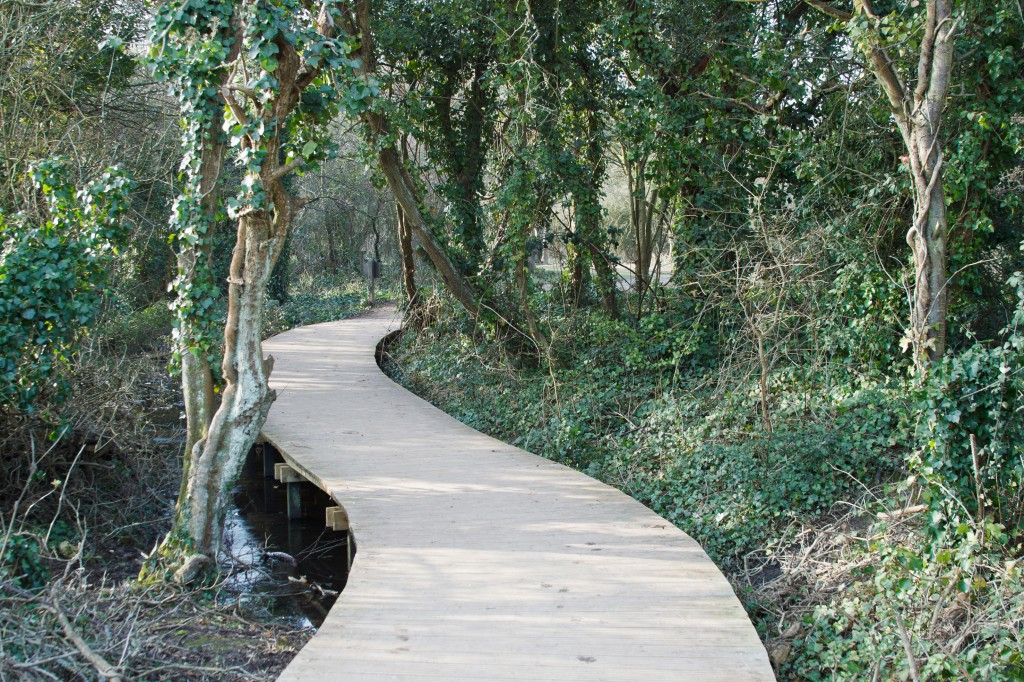I was recently reading an article – okay, skimming the pull quotes during a quiet moment from the kids – which I can’t find right now online, but which had a couple of interesting things to say about literacy and how our testing for it has limited our understanding of what it means to be literate.
Basically, testing literacy now really means testing reading. Many schools who are forced to do standardized testing, emphasize what the test will cover and what it doesn’t cover, apparently, is writing. What it does’t cover is the skill of how to take the idea in your head and create words and from words create an argument, a statement of any kind. As I read through the article, one strategy they mentioned for fixing this gap in our current educational system is an old approach, one favored by traditional schools in the 50’s. Modelling. Formulae.
In the context of the article, it seems like you teach a child how to write by starting with something small, a declarative sentence say, and then how to add on to it with a limited number of conjunctions to extend the idea. Whether or not you are or were a fan of this somewhat old fashioned approach, it seems to me that it fits into a view of writing education that I have been cultivating for awhile.
For every aspect of a story that has been written, there is a formula to be found to create your own. I’ve talked about this with Elizabeth’s class, and looking at some of the story development work I’ve done using the 7.5 steps of traditional story. And many people are terrified of the “formulaic.” Are you scared of E=mc2? No. It doesn’t define energy, it describes it. A formula describes your experience. Tension, tension, release. Twist.
Today, grab a poem or a piece of flash fiction, something awesome that knocks your socks off, something that makes you want to cry or sing or hook-up with a stranger when you read it. Something that makes you want to risk it all when you read it. Decipher it’s formula. But start small. And if you’re feeling gutsy, start with poetry. See if you can find by your gut alone the shifts and turns that you maybe can only explain kinesthetically. Draw yourself a map, make a list, leave breadcrumbs to find your way back. Notice what you can – and don’t worry you’re not being a professor. You’re being a reader. Once you’ve made the maps of turns, write down at each turn how you know the turn happened.
Now, write a short story that follows that poem or flash fiction’s approach. Do it with a totally different topic. If your poem is a song to a lover who has left and the narrator is lying to himself about wanting his lover back, and the language is silly and heavy with s’s, write a short story where the narrator wants something else, use a different sound, and a different tone. But keep to the map. Write the whole thing in half an hour.
Then: Be amazed.


Angie, this is fablulous.Thanks.